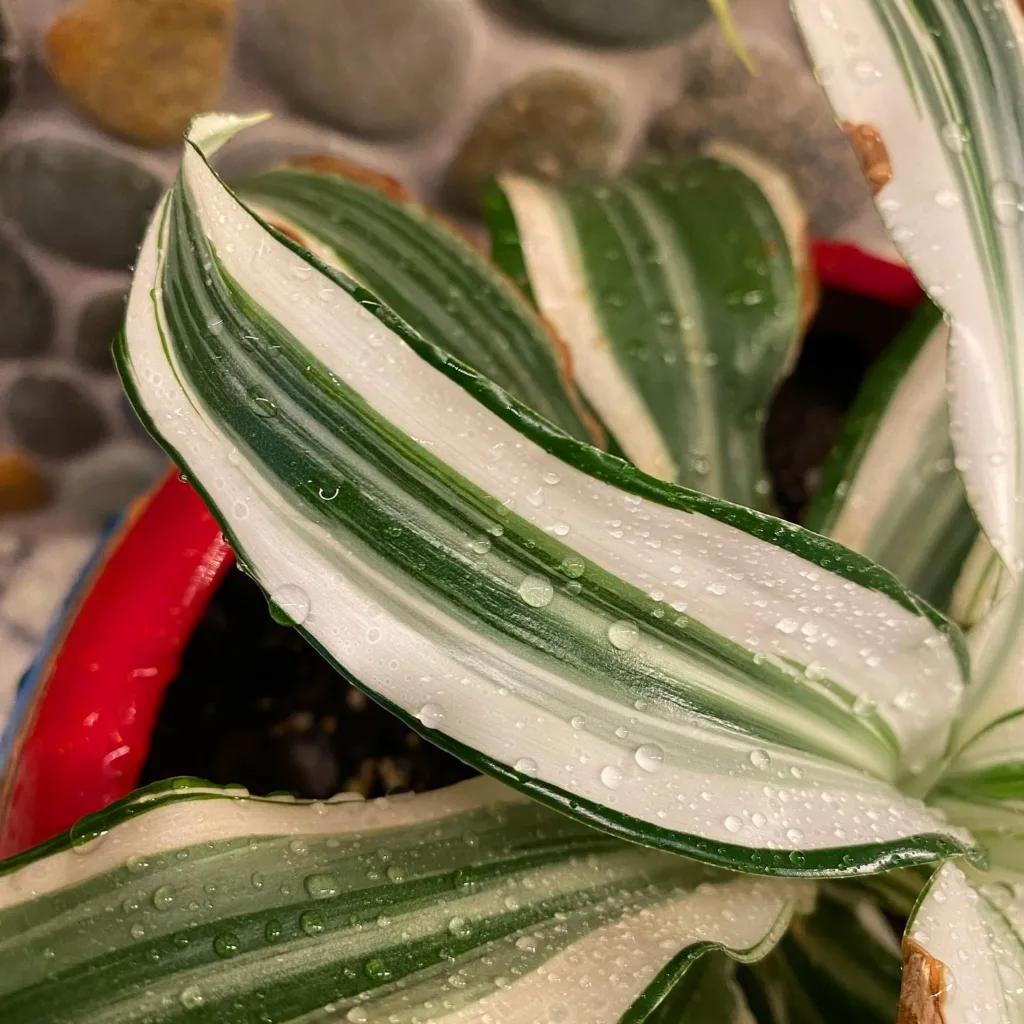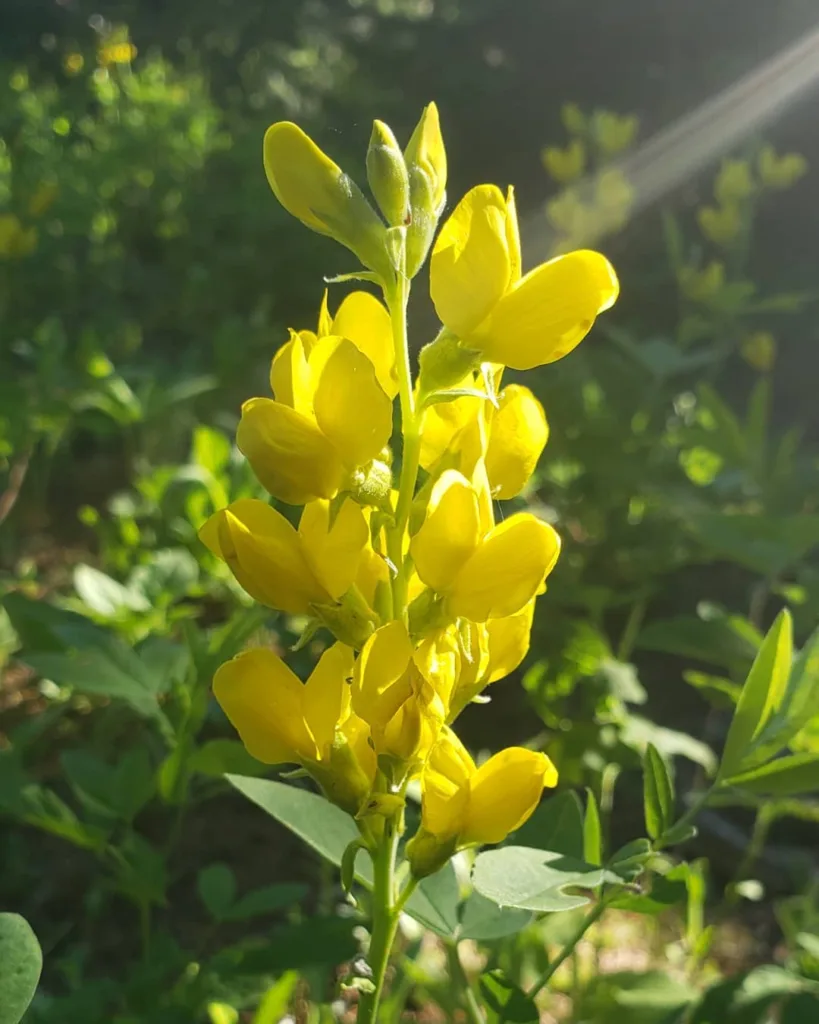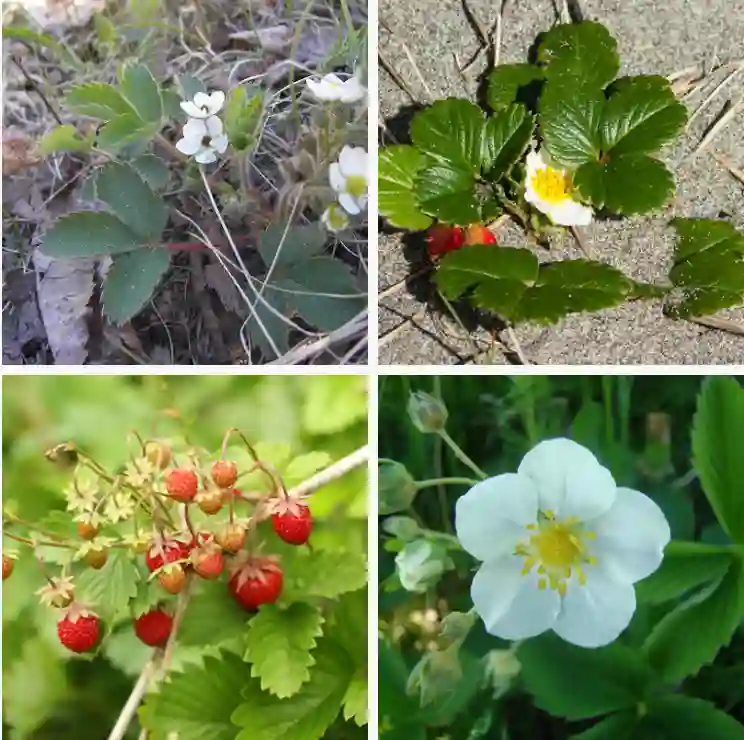
What is a bearded iris?
I’d say a bearded iris is that stunning flower with the velvety tickle in its center. You know, the ones that come in every color imaginable? My grandma used to have these lining her walkway, and I’d always brush my fingers against the fuzzy bits – they felt strange but kind of cool! They bloomed in late spring, and the scent was amazing, like grape soda but somehow more grown-up. They seemed pretty easy to care for too, grandma barely fussed over them and they’d always come back bigger and brighter each year.
332 Species in Genus Iris
How to plant bearded iris?
Planting bearded irises brings back memories of helping my grandpa in the garden. It’s not hard, but there are a few things to keep in mind. First, you plant them in the fall, around September or October here in our area. We’d pick a sunny spot with good drainage – grandma wouldn’t plant them anywhere with puddles after a rain. Digging a shallow hole worked best, just deep enough to cover the roots, with the knobby part of the iris, the rhizome, peeking out a bit above the soil. Grandpa always said the “shoulders” of the rhizome shouldn’t be buried. We’d spread the roots out a bit and pat the soil down gently. Then, the fun part – watering them in and waiting for those beautiful blooms come spring!
When to plant bearded iris? Can you transplant bearded iris in the spring?
While spring might seem like a logical time to get everything planted, transplanting bearded iris in the spring isn’t the best idea. From my experience, they do best when planted in the fall, ideally between September and October here. It gives them a chance to establish a good root system before winter sets in. Transplanting in spring disrupts those roots just as they’re waking up for the new season, and it can stress the plant, potentially leading to fewer blooms. Fall planting lets them settle in comfortably before the cold weather hits, and they come back strong in the spring ready to flower.
When do bearded iris bloom?
The bearded irises in my grandma’s garden always put on a show in late spring. Around late April or early May, those tightly furled buds would start to unfurl, revealing these incredible blooms. Depending on the variety, some might bloom a bit earlier or later, but late spring was prime time for their dazzling display. It felt like a right of passage – the official start of warm weather marked by those vibrant irises lining the walkway. They’d last for a couple of weeks, filling the air with their sweet scent, before slowly fading. Every year, it was a race against time to catch them at their peak bloom!
Can bearded iris grow in water?
Bearded irises in water? Not quite! In my experience, they’re much happier with their toes in dry-ish soil. Grandma always planted them in a sunny spot with good drainage. Water sitting around their roots would definitely make them unhappy. There are some other types of irises, like water irises, that can handle being submerged, but the bearded ones are definitely not pond dwellers. They’d probably just rot away.
Are bearded iris deer resistant?
You can definitely plant bearded irises with confidence even if deer are a common sight in your area. Thankfully, those spiky leaves and weird fuzzy bits in the center seem to be a major turn-off for deer. In all the years I spent helping Grandma in the garden, I don’t remember a single iris getting munched on by deer. They always seemed to prefer the poor roses over by the fence! Bearded irises are like a secret weapon in the deer war – beautiful flowers that you don’t have to constantly worry about getting nibbled on.
Are bearded iris invasive?
No, bearded irises aren’t the invasive types! Unlike some other irises, like the yellow iris, bearded irises are well-behaved garden citizens. They tend to stay put in their designated spots and don’t aggressively spread out. In fact, grandma used to divide hers every few years to keep them happy and under control. But even without dividing, they never took over the garden or choked out other plants. They’re happy to bloom year after year in the same spot, adding a splash of color without causing any ecological mayhem.
Are bearded iris poisonous to dogs?
Absolutely! Those beautiful bearded irises we loved turned out to be a no-go zone for our furry friends. It was heartbreaking to learn that the fuzzy bits and colorful petals could be toxic if a curious pup decided to take a nibble. Thankfully, Grandma’s dog, Buster, never seemed interested, but it’s definitely something to keep in mind if you have curious canine companions around. Better safe than sorry – maybe plant those irises in a fenced-off area or choose a different flower altogether if your dog is a notorious chewer.
How deep to plant bearded iris?
The key to planting bearded irises is to avoid burying them too deeply. In my grandma’s garden, the rule of thumb was for the rhizome, the knobby bit that looks like a ginger root, to be just barely covered with soil. We’d dig a shallow hole, maybe 4 inches deep, and then create a small mound of soil in the center. The iris would sit on this mound with the top showing – kind of like it’s sunbathing! Grandma would say the “shoulders” of the rhizome, the flat part where the roots fan out, shouldn’t be buried. She explained that burying them too deep could stop them from flowering or even lead to rot. Following this shallow planting method always worked wonders for us, and come spring those irises would reward us with their stunning blooms.
How far apart to plant bearded iris?
Spacing bearded irises depends on the look you’re going for and how long you want to wait between dividing them. In grandma’s garden, we planted them anywhere from 12 to 18 inches apart. Planting them closer, around 12 inches, creates a fuller, more dramatic look right away. It’s like having a mini explosion of color in your garden bed! But the downside is they’ll get crowded faster. Grandma called it “competing for sunshine and space.” Planting them further apart, around 18 inches, gives them more room to grow and show off. They won’t look as dense at first, but it takes longer for them to crowd each other out. This means you can wait a few extra years before dividing them, which involves splitting the rhizomes to create new plants. So, closer spacing for quicker impact but more frequent dividing, or wider spacing for a more gradual effect and less frequent dividing. The choice is yours!
How long do bearded iris blooms last?
Bearded irises are like beautiful butterflies in the garden – stunning but fleeting. Each individual bloom on a stem typically only lasts a day or two in my experience. But don’t despair! The good news is that a single stem usually has several buds that open one after another. This way, you get to enjoy the iris show for a good week or so, with fresh blooms taking over as the older ones fade. Plus, if you plant different varieties that bloom at slightly different times, you can extend the iris season in your garden for even longer. It’s all about planning for a continuous burst of color!
How to cut bearded iris for vase?
Here’s how I cut bearded irises for a vase in the hopes of bringing those gorgeous blooms indoors:
- Timing is key: I aim for early mornings when the buds are just showing a hint of color but haven’t opened yet. This gives them a chance to fully unfurl in the vase.
- Sharp tools are a must: Dull shears can crush the stems, so I grab some sharp pruners or a sharp knife to make clean cuts.
- Measure twice, cut once: I like to hold the stem next to the vase to visualize the arrangement before cutting. It’s always better to cut a little long and adjust later than to have a stem too short for the vase.
- Angled cuts for the win: I cut the stem at an angle, about an inch below the bud, to help it absorb water better in the vase.
- Hydration is essential: Before arranging them, I place the stems in a bucket of cool water to rehydrate them after the cut.
- Bonus tip: Some folks recommend removing the little green pod (seed capsule) at the base of the flower to extend the bloom time. I haven’t noticed a huge difference, but it’s worth a try!
When to fertilize bearded iris?
Bearded irises aren’t fussy eaters, but a little fertilizer goes a long way in my experience. I like to feed them twice a year to keep them happy and blooming strong.
The first feeding happens in early spring, about 6 to 8 weeks before those beautiful blooms appear. It’s like giving them a little pre-bloom boost. Think tulips blooming in the neighborhood – that’s your cue to fertilize!
The second feeding comes after the irises have finished their show and the flowers have faded. It’s like thanking them for their performance and giving them a little energy reserve for next year’s blooms.
Bearded Iris vs Iris
Distinguishing the bearded iris from its standard counterpart lies in the dense, luxuriant “beards” adorning the falls of its blooms. Most variants of bearded irises hail from central and southern Europe, while standard irises lack this characteristic, primarily originating from Asia.
Bearded Iris vs Siberian Iris
Siberian iris flowers, smaller in size than bearded irises, flourish from late May through June. They thrive in moderately acidic soil with consistent moisture, yet can withstand periods of drought.
Bearded Iris vs Dutch Iris
Bearded irises boast distinctive “beards” on their blossoms’ falls, while Dutch irises are admired for their graceful form and vibrant colors. The two differ in both visual characteristics and botanical traits.
Conclusion:
The world of bearded irises has woven itself into the fabric of my gardening journey, offering a symphony of colors, patterns, and timeless beauty. Following the planting and care tips shared here, you too can create a vibrant and flourishing garden adorned with these enchanting flowers. Embrace the diversity of bearded iris varieties to craft a mesmerizing outdoor space that leaves visitors in awe. Happy gardening!
If i die, water my plants!



